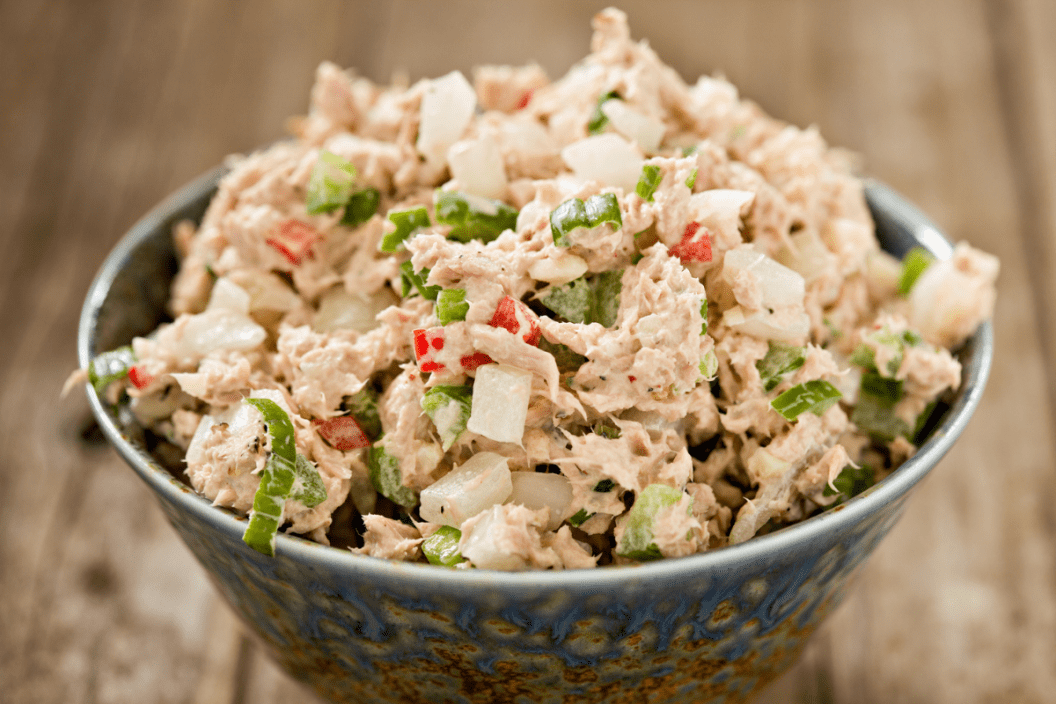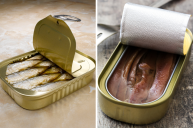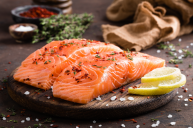If you rummage around in your pantry right now, there's a good chance you'll find at least one—and maybe more—cans of tuna in there, just waiting to be whipped up as a quick lunch or dinner. And while the "tinned fish" craze of recent years has meant seafood like chili oil-packed sardines and tinned smoked trout have taken center stage over classic, shelf-stable light-or-white canned tuna, almost a quarter (23 percent) of Americans still turn to tuna at least once a week as a convenient meal. But is canned tuna healthy?
Videos by Wide Open Country
"Canned tuna is an inexpensive, convenient, and versatile food rich in protein, omega-3 fats, and vitamins and minerals. You really can't go wrong with even the least expensive canned tuna brands," says Elizabeth Ward, MS, RDN via email.
There are a few important points to keep in mind, though, when plucking the canned tuna that's right for you off the grocery store shelf—particularly if you're worried about health or sustainability.
Watch Out For Mercury
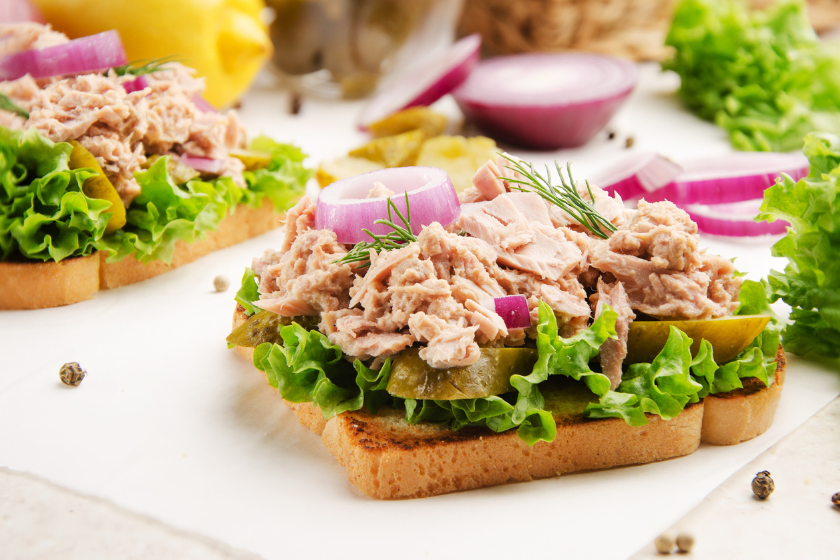
iStock/Getty Images
One common concern when it comes to tuna is its mercury levels, and how to balance its health benefits against worries that ingesting too much mercury long-term might cause serious complications—particularly for children or pregnant women. Ward suggests purchasing light canned tuna, which is made from skipjack tuna, versus typical albacore (which is usually marketed as "white" canned tuna), if mercury risks are on your mind.
"Canned light tuna is considered a low-mercury choice," says Ward, adding that adults should generally eat eight ounces of low-mercury fish weekly. "Children are a bit more complicated. Experts suggest two servings a week of fish. On average, a serving size is about 1 ounce for children ages one to three years; 2 ounces for children ages four to seven years; 3 ounces for children ages eight to 10 years; and 4 ounces for children 11 years and older." She added that, technically speaking, "All of a child's weekly suggested intake could be from canned light tuna." (An excellent FDA guide for pregnant and breastfeeding women-as well as children-is here.)
Opt for Oil-Packed
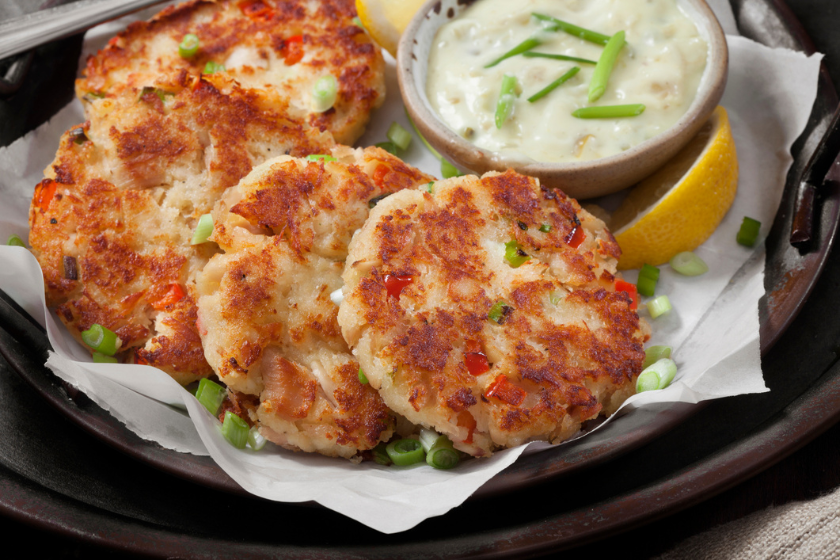
iStock/Getty Images
For health nuts, this might seem counterintuitive—choose oil-packed over water?!—but if you want to get all the goodness out of canned tuna's omega-3s, opt for tuna that's been preserved in oil.
"If you're looking to boost your omega-3s, buy tuna packed in broth or water. Some people tell me, 'Oh, I buy my tuna in oil, but then I drain it well!' But if you drain it, you're pouring some of those omega-3s down the drain because the omega-3s leech into the oil," says Rosie Schwartz, RD, FDC.
For those watching their sodium intake, Schwartz suggests buying canned tuna in water or broth, then thoroughly rinsing and draining it in order to reduce salt levels. You can also opt for a no-salt-added canned tuna.
All-Important Omega-3s
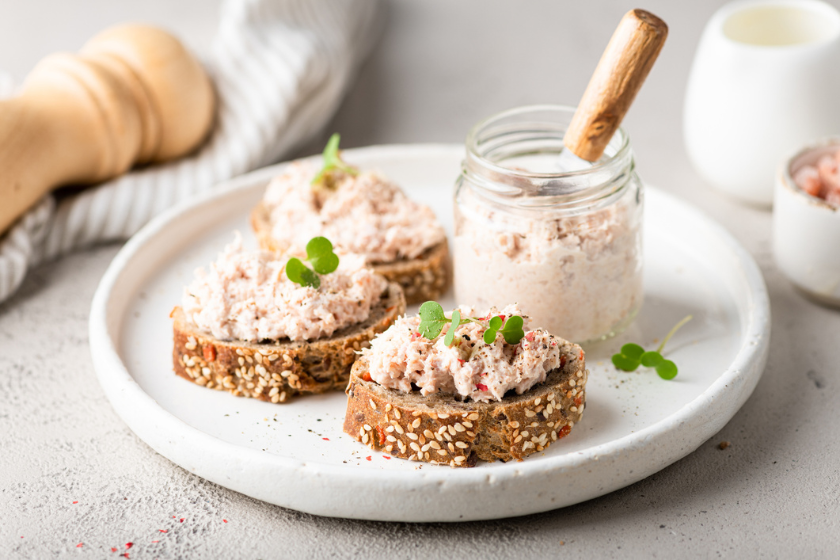
iStock/Getty Images
Speaking of omega-3s, they're critical to a body's functioning well—from helping control inflammation to regulating blood clotting. Aside from tuna and other seafood sources, there are limited ways for humans to consume certain types of the fatty acid. This makes tuna an important, and cost-effective, source of "marine" omega-3s.
"When you're eating fish, the omega-3s that you're getting are EPA (eicosapentaenoic acid) and DHA (docosahexaenoic acid), and when you're eating vegetarian sources, you're getting fatty acid called ALA, alpha-linolenic acid. That is converted to DHA in the body, but at a very low rate. So, for people who are vegetarian, I do recommend that they look for a source of omega-3 supplements that are algae-based," says Schwartz, who also recommends getting omega-3s from other cold water fish like sardines, salmon, and mackerel if you're looking to mix up your traditional tuna habit.
Think Sustainably—and Read Labels
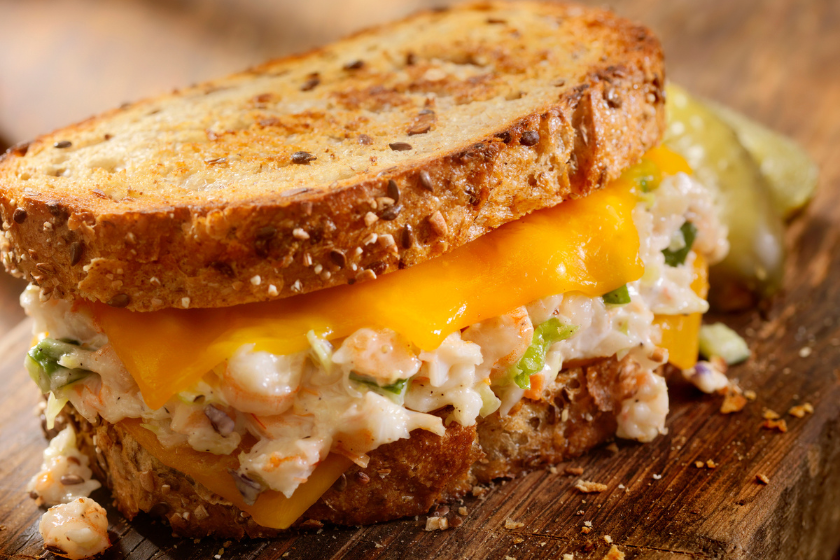
iStock/Getty Images
Ethical practices around sustainable fishing and canned tuna haven't always gone hand-in-hand, leading to overfishing and troubling declines in wild tuna stock. Ward suggests reading the label to see if the canned tuna company you're buying from uses responsible fishing practices, like pole-caught or troll-caught.
Schwartz agrees. "Some canned tuna will have labels in terms of their fishing practices, or you can get that information through research to see if the company's tuna is being fished sustainably. It's not always on the label, but sometimes there will be a logo if the company is working with a group that is promoting sustainable fishing."
The Monterey Bay Aquarium's SeaFood Watch program also provides great resources about how different brands of canned tuna are harvested.
Move Beyond Tuna Sandwiches
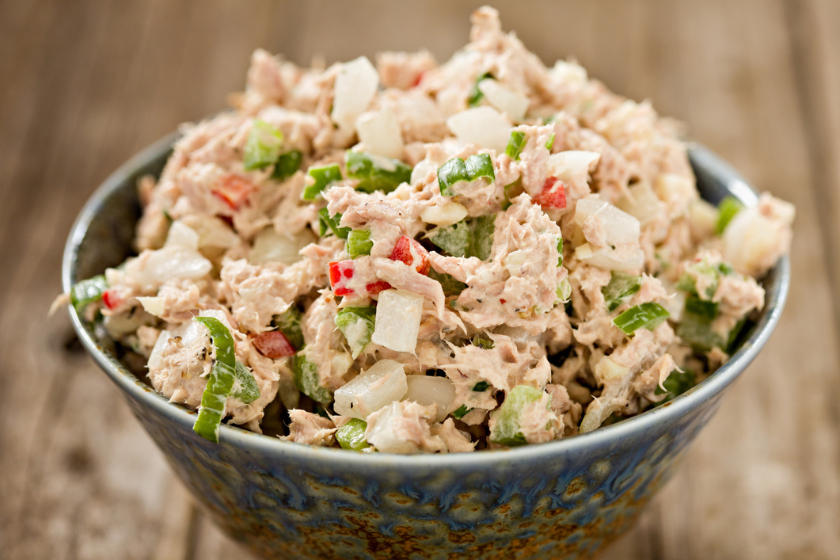
iStock/Getty Images
Sure, a mayo-heavy tuna salad might be a simple, classic (and, let's face it, delicious) way to prepare canned tuna, but Schwartz says to look beyond the goopy, heavy basics for healthier options. "I love tuna with pasta like they make in Italy. I saute garlic and onions and then I put tuna, chickpeas, and some greens at the end, like arugula," she says. "It's delicious in different pasta dishes, too, or even if you want to make the old-fashioned tuna casserole and update it with additional veggies and without the prepared, canned soup. You can make it as part of a bowl with different grains and vegetables with some dressing."
With tuna, it seems, the sky-or, er, the sea?-is the limit.
